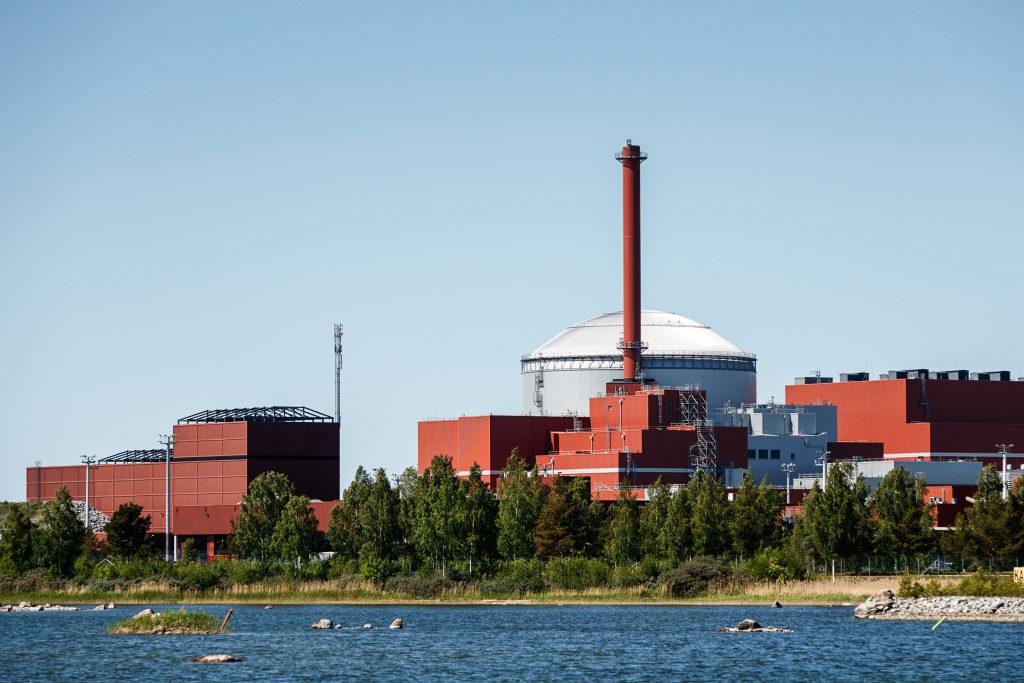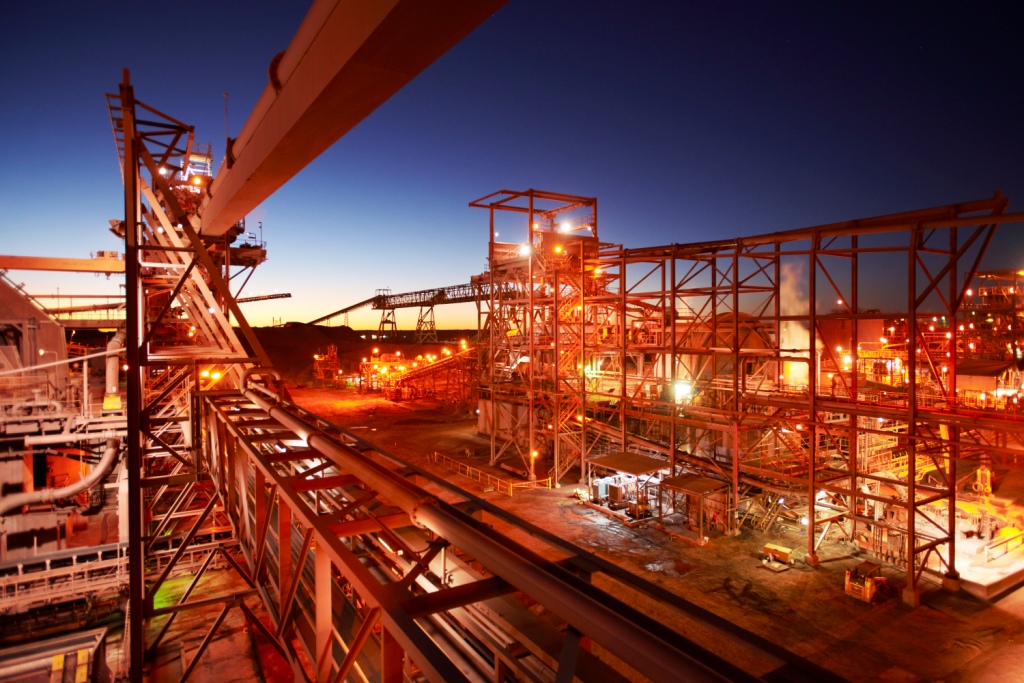Some Facts
In 2022, the Brotherhood of St Laurence released “Power pain: An Investigation of Energy Stress in Australia”. It found:
- 2006 to 2020: Approximately 20% of Australian households experienced energy stress.
- Energy stress is much higher in specific groups such as people with a chronic health issue or disability, renters, low-income workers and people on unemployment benefits
- In the lowest 20% income group, energy stress increased up to 8 percentage points, from 40% in 2008 to 48%, in 2017.
A study by the OECD in 2019 titled “Under Pressure: The Squeezed Middle Class”, found:
- 40% of Australia’s middle class are at financial risk.
- Australia’s proportion of lower and poor households is higher than OECD average.
Day-ahead energy prices set records in Germany. Between June and August, next-year electricity rates doubled.
Australian energy prices have increased frequently over the past few years, outpacing inflation since the mid-2000s. Despite that, the middle class fears nuclear energy more than becoming poor. This apprehension is misplaced.
Due to uranium’s phenomenal energy density, nuclear energy provides unrivalled price affordability. A ton of coal is required to produce an equal amount of power to a gummy-bear-sized pellet of uranium.
Nuclear has the potential to alleviate financial burdens on the poor and struggling. Decreases in energy prices lead to lower prices on all goods and services.
Germany – A Cautionary Tale
In 2022, Germany’s government doubled-down on higher targets for the country’s Renewable Energy Act (EEG).
Renewable electricity generation in Germany increased by ~9% in 2022 compared to the previous year, reaching 256 terawatt hours (TWh), short of the 269 TWh target set by EEG.
Germany’s goal is 80% electricity from renewables by 2030. This requires an annual volume of approximately 600 TWh. To achieve this, they will need to double green electricity generation in eight years.
In 2022, this aspiration crashed headlong into the German energy crisis, a result of low output from wind and hydro and closing down nuclear power stations. Germany also bore consequences of sanctions levelled by both sides of the Russia-Ukraine conflict.
Record-breaking increases in energy prices drove inflation across Europe. Day-ahead energy prices set records in Germany. Between June and August, next-year electricity rates doubled.

Originally aiming to phase out coal by 2030, the country’s energy crisis urgently necessitated ramping up coal power generation. Previously closed coal plants were brought back online. Shutdown of lignite and hard coal power plants was postponed until March 2024.
German power output still lagged.
While the energy crisis rolled on, Germany closed its last three nuclear plants in April 2023. Germany’s nuclear era spanned 6 decades, without incident.
From 2023 onwards, Germany is expected to be a net importer of electricity from France, due to Germany’s increased reliance on renewable energy and France’s improved nuclear power availability.
Finland – A Powerful Lesson
Finland has the highest per capita energy consumption in the European Union; double the EU average in 2021. This is attributed to energy-intensive industries, a high standard of living, the cold climate and relatively large territory resulting in long distances travelled.
However, there are no fossil fuels. The energy industry has kept pace with consumption by utilising nuclear power. Nuclear has ensured energy efficiency, reliability and affordability.
A ton of coal is required to produce an equal amount of power to a gummy-bear-sized pellet of uranium.
Finland’s reactors are highly efficient, being some of the most productive on Earth. With an average lifetime capacity factor of over 90%, Finnish reactors have been upgraded significantly since construction. Olkiluoto 1 & 2 have undergone substantial upgrades, with plans to further increase their capacity.
In April 2023, the newest reactor Olkiluoto 3 was brought online. At 1600 megawatts capacity, it is the largest reactor in Europe. This single reactor produces 15% of Finland’s electricity. The three reactors at Olkiluoto now produce approximately 30% of Finland’s electricity.

When Olkiluoto 3 came online, Finland’s electricity prices immediately fell by a staggering 75%. Jukka Ruusunen, CEO of Finnish grid operator Fingrid, said “We have more stability in the system because of Olkiluoto 3. It’s a giant nuclear reactor, one of the largest on earth, connected to a small system (Finland’s power grid).”
Australia
Interest in nuclear energy is fast-gaining political support in Australia. The Liberal Democrats / Libertarian Party and the Coalition have voiced support for an immediate repeal of Australia’s outdated moratorium on nuclear energy.
The World Nuclear Association stated “Australia has a significant infrastructure to support any future nuclear power program.”

Australia has the most uranium of any country, totaling 28% of the earth’s ore. Olympic Dam in South Australia is the largest known single deposit of uranium in the world.
Conclusion
When unencumbered by government and its meddling red tape, the free market will determine the energy source which is safest, most reliable and can be readily provided at the lowest price. In May 2023, across the globe, there were 410 operable nuclear power reactors, 59 reactors under construction, 100 reactors planned and 325 reactors proposed. It is time for the Australian market to embrace nuclear energy.




Nice work, Bowen is shamefully hiding behind deeply flawed CSIRO costings for nuclear while their basis for renewables costings leaves out hundreds of billions of dollars worth of transmission/storage needs that are written off as ‘sunk costs’.